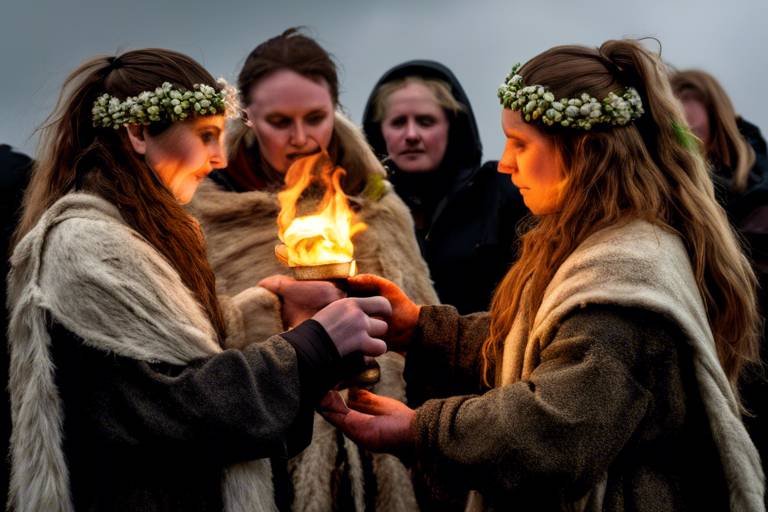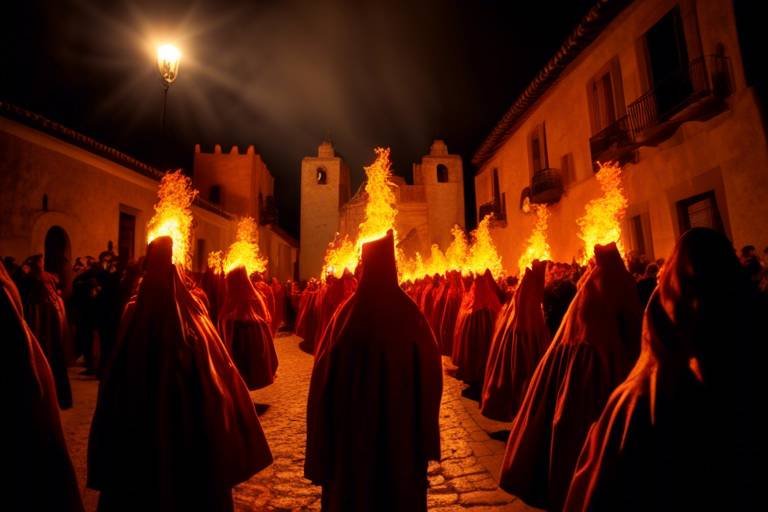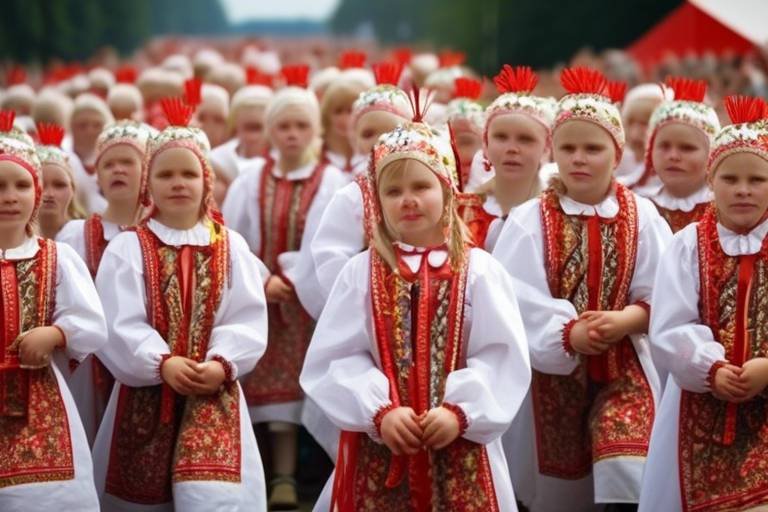Glimpses of South Korea's Lotus Lantern Festival
The Lotus Lantern Festival in South Korea offers a mesmerizing glimpse into the rich cultural tapestry of the country, blending tradition, spirituality, and community in a vibrant celebration like no other. Steeped in history and symbolism, this annual event illuminates the streets and temples with the soft glow of countless lanterns, creating an enchanting atmosphere that captivates visitors from around the world.

Origins and Significance
The Lotus Lantern Festival in South Korea holds a rich tapestry of origins and significance, deeply rooted in the country's history and cultural heritage. Dating back to the Silla Dynasty, this vibrant celebration is closely tied to Buddhism, serving as a commemoration of the birth of Buddha. The festival's origins can be traced to the practice of lighting lanterns to guide spirits, a tradition that has evolved into a grand spectacle of light and spirituality.
Signifying the teachings of the Buddha, the lotus lantern holds a special place in Korean culture. The lotus flower, with its roots in the mud and petals reaching for the sun, symbolizes purity, enlightenment, and the journey towards spiritual awakening. As thousands of these radiant lanterns illuminate the streets and temples during the festival, they not only light up the night but also serve as a beacon of hope and wisdom.
The Lotus Lantern Festival is not merely a display of lights but a profound expression of unity and community. It brings together people from all walks of life, transcending differences and fostering a sense of togetherness. Through vibrant parades, traditional performances, and cultural workshops, the festival weaves a tapestry of shared experiences, connecting individuals in a celebration of peace and harmony.
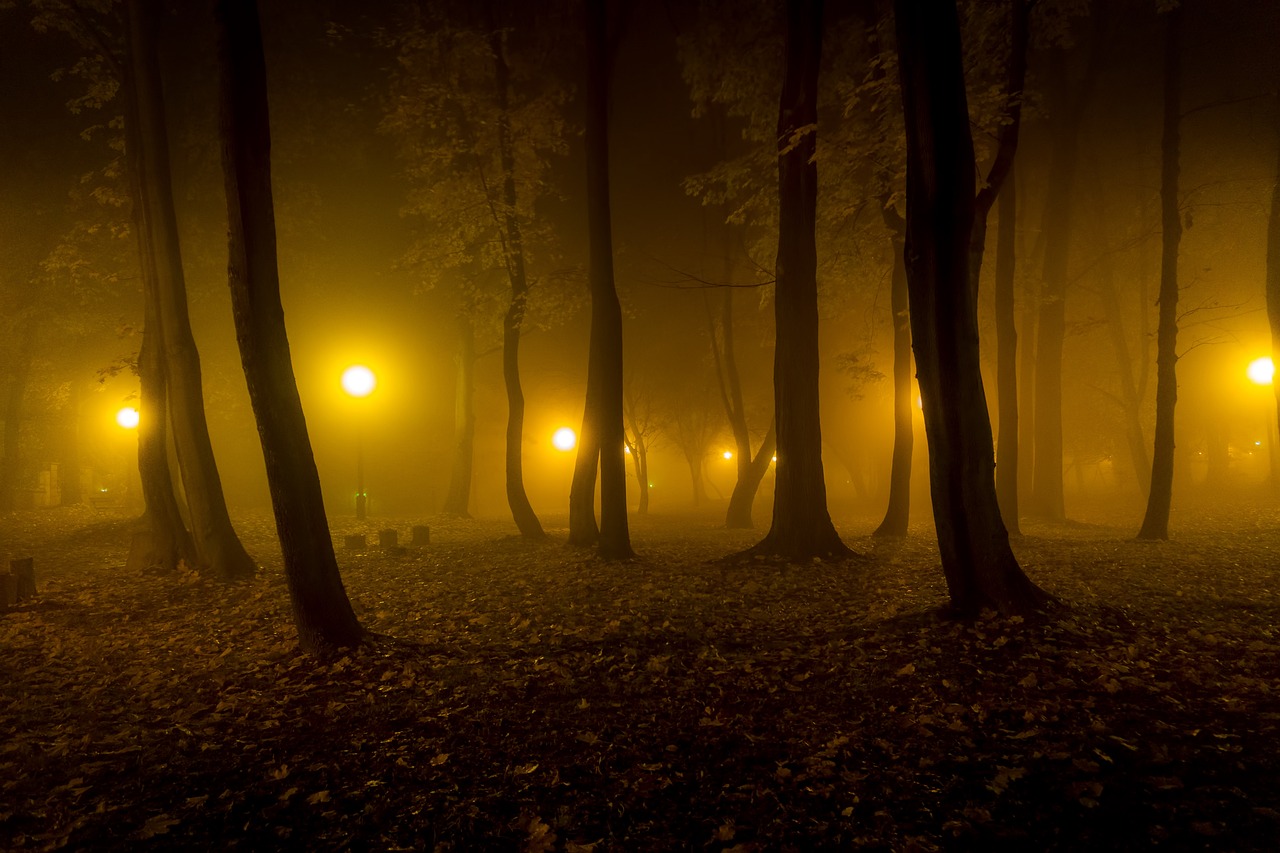
Traditional Lantern Making
Traditional lantern making is a revered art form in South Korea, deeply rooted in history and tradition. Craftsmen meticulously handcraft each lantern, infusing them with symbolism and intricate designs that reflect the cultural heritage of the country. The process begins with selecting high-quality materials such as hanji paper, bamboo frames, and colorful paints, ensuring that every lantern is not only visually stunning but also durable.
The artisans then delicately construct the lantern frame, carefully shaping the bamboo to create the desired form. Layers of hanji paper are meticulously applied, creating a translucent surface that allows the light to shine through beautifully. The painting process is where the true magic happens, as skilled artists adorn the lanterns with elaborate patterns, traditional motifs, and vibrant colors that symbolize prosperity, happiness, and good fortune.
Each step of traditional lantern making requires precision and patience, with craftsmen passing down their knowledge and skills from generation to generation. The result is a breathtaking display of artistry that illuminates the streets and temples during the Lotus Lantern Festival, captivating spectators with its beauty and cultural significance.

Street Parades and Performances
When it comes to the Lotus Lantern Festival in South Korea, one of the most anticipated highlights is undoubtedly the . These lively processions and captivating performances bring the streets to life with a burst of color and energy, drawing both locals and visitors into the festive spirit. Imagine a kaleidoscope of traditional costumes, rhythmic music, and graceful dance movements intertwining to create a mesmerizing spectacle that celebrates Korean culture and heritage.
As the rhythmic beats of drums echo through the streets, intricately designed lantern floats glide gracefully past the cheering crowds. Each float tells a story, depicting scenes from Korean folklore, Buddhist teachings, or historical events. The meticulous craftsmanship and attention to detail in these lanterns are truly awe-inspiring, showcasing the artistic mastery of the creators.
Alongside the enchanting lantern floats, performers showcase traditional music and dance forms that have been preserved and passed down through generations. From graceful fan dances to dynamic drum performances, each act carries a sense of pride and tradition, inviting spectators to immerse themselves in the rich cultural tapestry of South Korea.
One cannot help but be swept away by the infectious energy of the street parades and performances, as the combination of visual spectacle and auditory delight creates an unforgettable experience. Whether you are a first-time visitor or a seasoned festival-goer, the of the Lotus Lantern Festival are sure to leave a lasting impression on your heart and soul.

Temple Illuminations
Temple illuminations during the Lotus Lantern Festival in South Korea are a sight to behold, captivating visitors with their mesmerizing beauty and cultural significance. As dusk falls, the tranquil temples come alive with the soft glow of thousands of lanterns, creating a magical atmosphere that transports you to a different world. The intricate designs and vibrant colors of the lanterns add a touch of elegance to the ancient temples, symbolizing the illumination of wisdom and the spreading of light in the darkness.
Walking through the illuminated temple grounds feels like stepping into a fairy tale, where each lantern tells a story of tradition and spirituality. The gentle flicker of candlelight casts a warm and inviting glow, inviting you to explore the hidden corners of the temples and discover the intricate details of the lantern decorations. It's a sensory experience that engages not only your sight but also your emotions, evoking a sense of peace and harmony in the midst of the bustling festival atmosphere.
As you wander through the temple illuminations, you may encounter monks quietly praying by the lantern-lit altars, their serene presence adding a profound spiritual dimension to the festival. The soft chanting of sutras blends with the gentle rustling of the lanterns in the breeze, creating a meditative ambiance that soothes the soul and uplifts the spirit. It's a moment of quiet reflection amidst the joyous celebrations, reminding you of the deep-rooted connection between tradition, culture, and faith.

Lotus Lantern Symbolism
The Lotus Lantern holds profound symbolism in Korean culture and Buddhism, embodying rich meanings that resonate deeply with both spiritual and cultural aspects. In Korean tradition, the lotus flower symbolizes purity, enlightenment, and the journey towards spiritual awakening. Its significance stems from the way the lotus flower emerges pristine and beautiful from the murky waters, representing the ability to rise above adversity and achieve enlightenment.
Within Buddhism, the lotus flower is a powerful symbol of purity and divine birth. Just as the lotus rises from the mud to bloom in perfect beauty, it signifies the journey of the soul from the material world to spiritual enlightenment. The unfolding petals of the lotus symbolize the expansion of the soul and the progression towards enlightenment, reflecting the teachings of the Buddha.
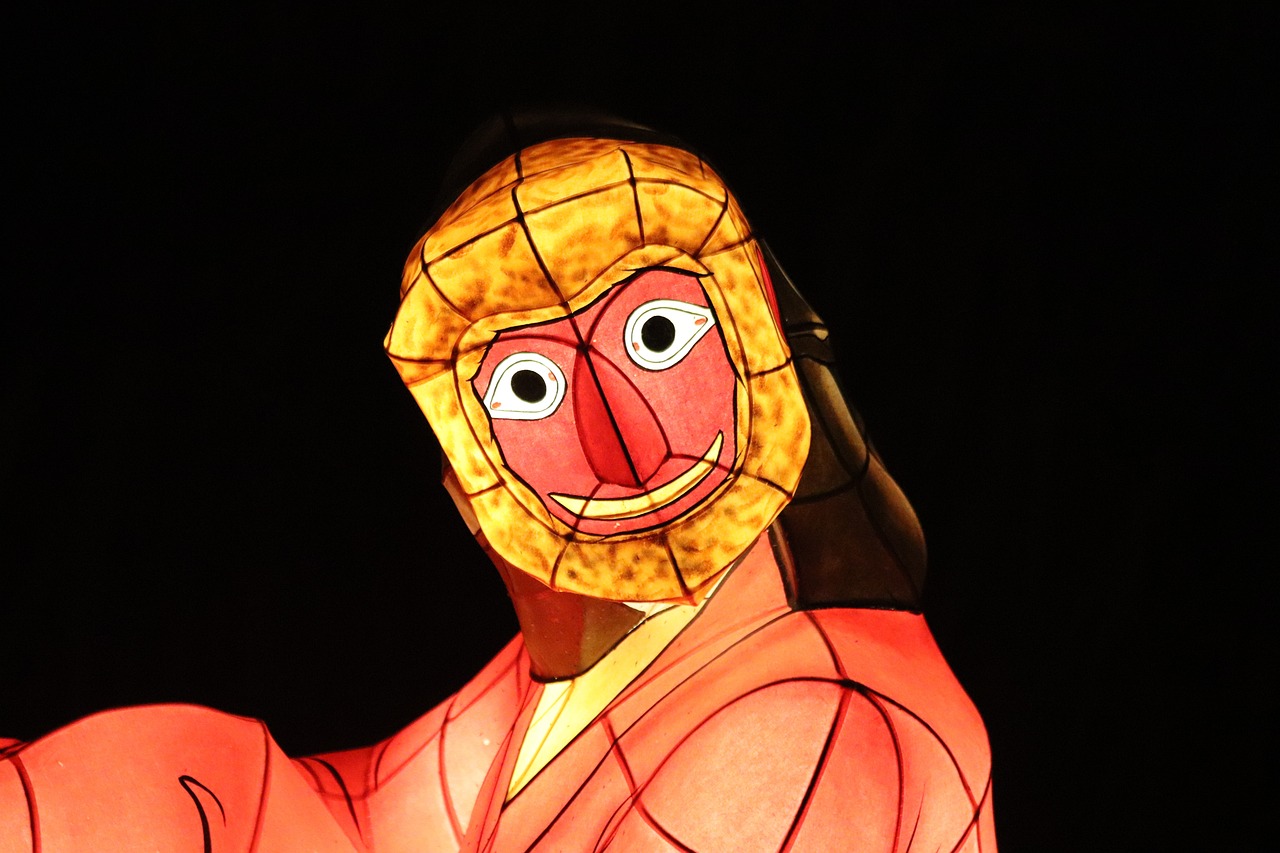
Cultural Workshops and Exhibitions
At the heart of the Lotus Lantern Festival lies a treasure trove of cultural workshops and exhibitions that offer visitors a deep dive into the rich tapestry of Korean traditions and spirituality. These immersive experiences provide a hands-on opportunity to engage with various aspects of Korean culture, from traditional arts and crafts to spiritual practices.
One of the highlights of the cultural workshops is the traditional lantern making sessions, where participants can learn the intricate artistry behind crafting the iconic lotus lanterns that adorn the festival. Skilled artisans guide attendees through the process, sharing the wisdom passed down through generations and allowing them to create their own masterpiece to take home as a memento.
Additionally, visitors can explore exhibitions that showcase the beauty and depth of Korean art, history, and religious beliefs. From intricate paintings depicting Buddhist teachings to displays of traditional attire and artifacts, these exhibitions offer a glimpse into the soul of Korea and its enduring cultural heritage.
For those seeking a more interactive experience, cultural workshops provide a platform to learn traditional Korean dances, music, and even meditation practices. Participants can immerse themselves in the rhythmic movements of a traditional dance or find inner peace through guided meditation sessions led by experienced practitioners.
Moreover, these workshops and exhibitions serve as a bridge between the past and the present, offering a contemporary perspective on age-old traditions. Through modern interpretations and innovative presentations, visitors can witness how Korean culture continues to evolve while staying rooted in its timeless customs and beliefs.
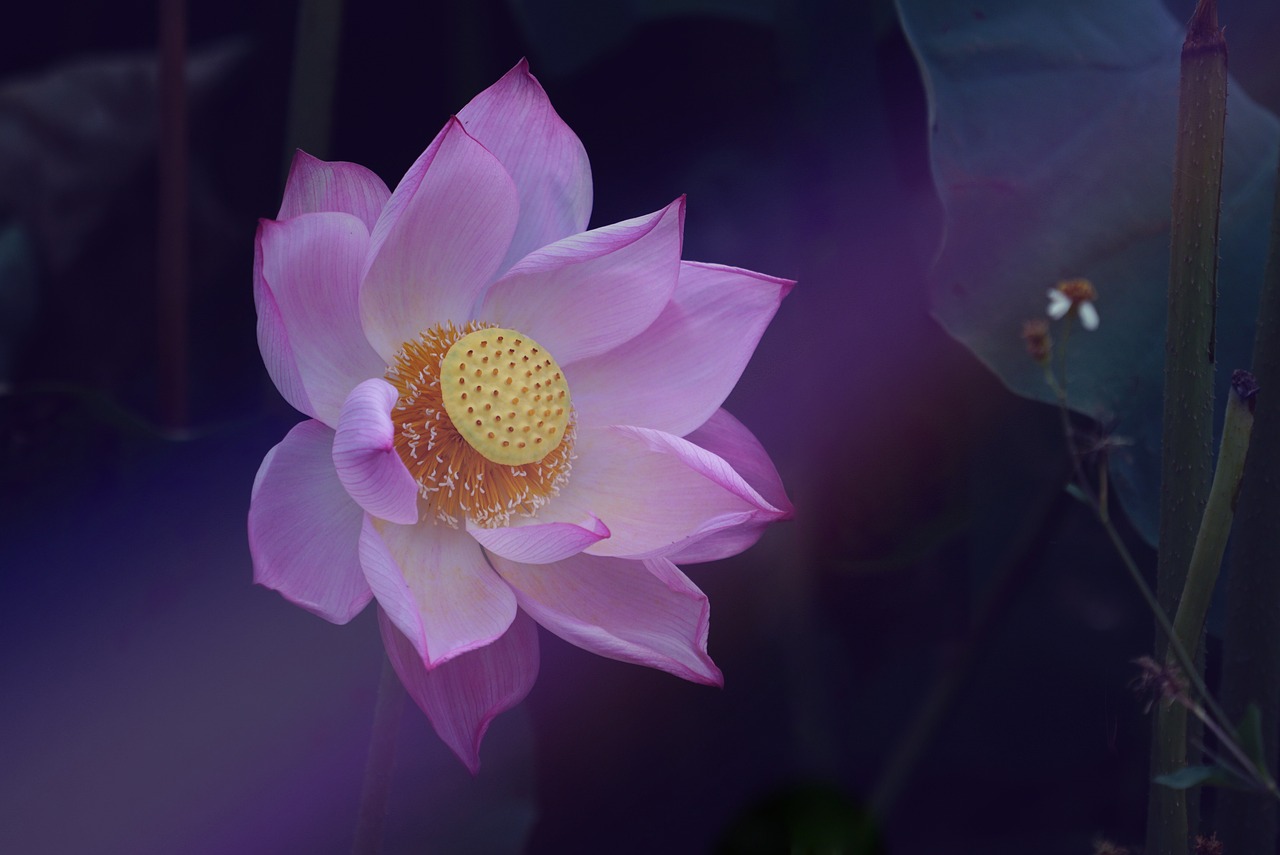
Nighttime Rituals and Ceremonies
The Nighttime Rituals and Ceremonies of the Lotus Lantern Festival transport participants into a realm of spiritual wonder and communal harmony. As the sun sets and darkness descends, the festival takes on a mystical aura, setting the stage for a series of sacred rituals and ceremonies that deepen the connection to tradition and spirituality.
One of the most anticipated rituals is the Lotus Lantern Lighting Ceremony, where attendees gather around temples adorned with countless glowing lanterns. The flickering light symbolizes the illumination of wisdom and the dispelling of darkness, creating a serene and contemplative atmosphere.
During these nighttime rituals, monks lead chanting sessions that resonate through the air, filling the surroundings with a sense of tranquility and reverence. The rhythmic cadence of the chants serves as a unifying force, bringing together individuals from diverse backgrounds in a shared moment of spiritual reflection.
As the night progresses, drum performances echo through the streets, infusing the air with energy and rhythm. The pulsating beats of the drums symbolize the heartbeat of the community, uniting participants in a collective celebration of culture and tradition.
Amidst the flickering lanterns and incense-laden air, candlelight processions wind their way through the festival grounds, creating a mesmerizing display of light and movement. Participants carry candles in reverent silence, symbolizing the inner light that guides them on their spiritual journey.
At the heart of these nighttime rituals and ceremonies lies a profound sense of community and shared purpose. Participants come together not only to honor tradition and spirituality but also to forge connections with one another, creating a tapestry of unity and harmony that transcends individual differences.
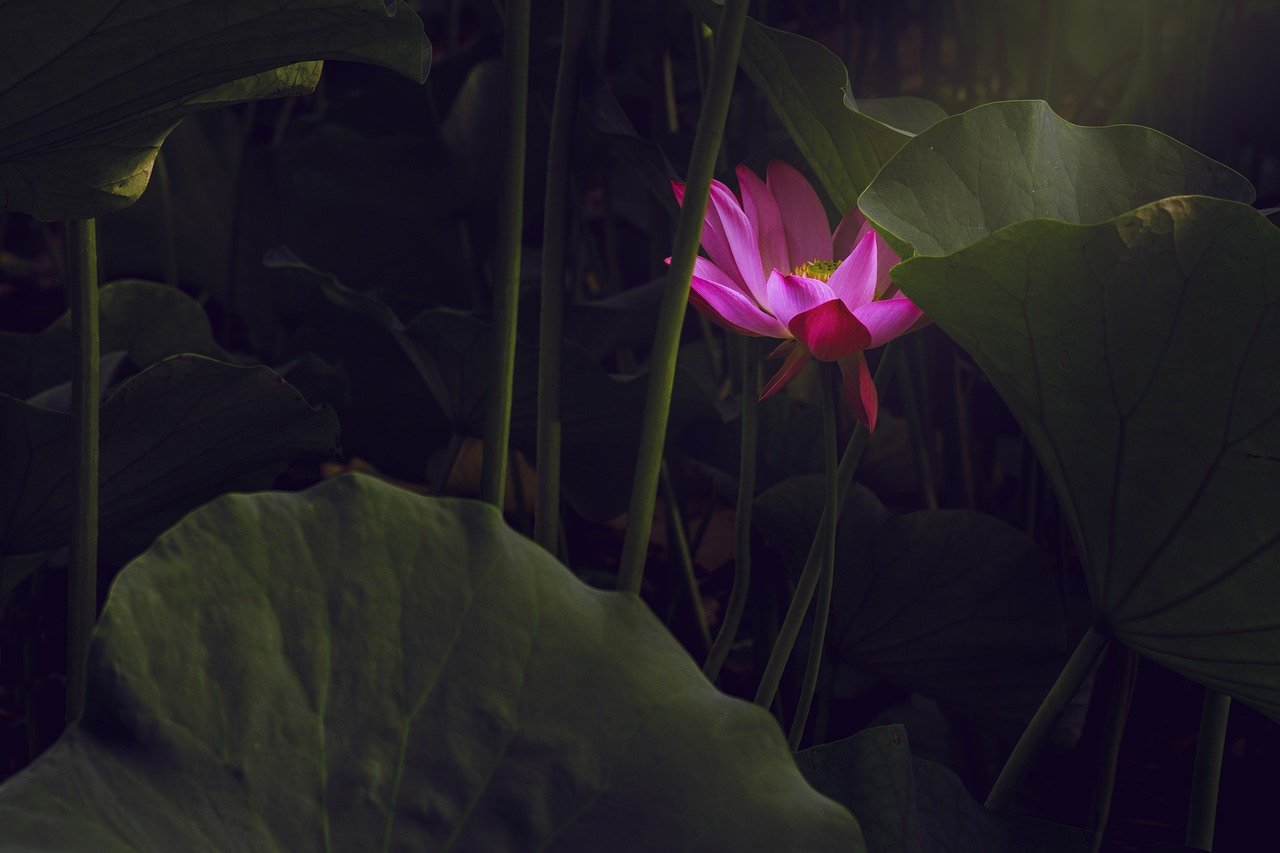
Lotus Lantern Festival Foods
When attending the Lotus Lantern Festival in South Korea, your senses are not only treated to mesmerizing sights and sounds but also to a delightful array of traditional Korean foods and snacks. From savory to sweet, the festival offers a culinary journey that complements the rich cultural experience.
One of the must-try dishes at the festival is Bibimbap, a flavorful mix of rice, vegetables, meat, and a spicy chili paste that tantalizes the taste buds. This iconic Korean dish represents harmony and balance, reflecting the essence of the festival itself.
For those with a sweet tooth, Hoddeok is a popular choice. These delectable pancakes filled with brown sugar, honey, and nuts are a warm and comforting treat, perfect for enjoying as you wander through the festival's vibrant stalls and performances.
Another highlight of the Lotus Lantern Festival foods is Tteokbokki, a beloved street food made of chewy rice cakes smothered in a spicy gochujang sauce. The combination of flavors and textures in this dish is sure to leave you craving for more.
As you explore the festival grounds, don't miss the opportunity to sample Kimchi, Korea's famous fermented side dish. Its pungent and tangy flavors are a staple in Korean cuisine and offer a unique taste experience that perfectly complements the festive atmosphere.
Pair your food adventures with a refreshing cup of Sikhye, a traditional sweet rice drink that provides a cooling respite amidst the lively festivities. Its subtle sweetness and hint of malt make it a popular choice for quenching your thirst.
Whether you're a food enthusiast or simply looking to immerse yourself in Korean culture, the Lotus Lantern Festival foods offer a diverse and delicious selection that adds an extra layer of enjoyment to this vibrant celebration.
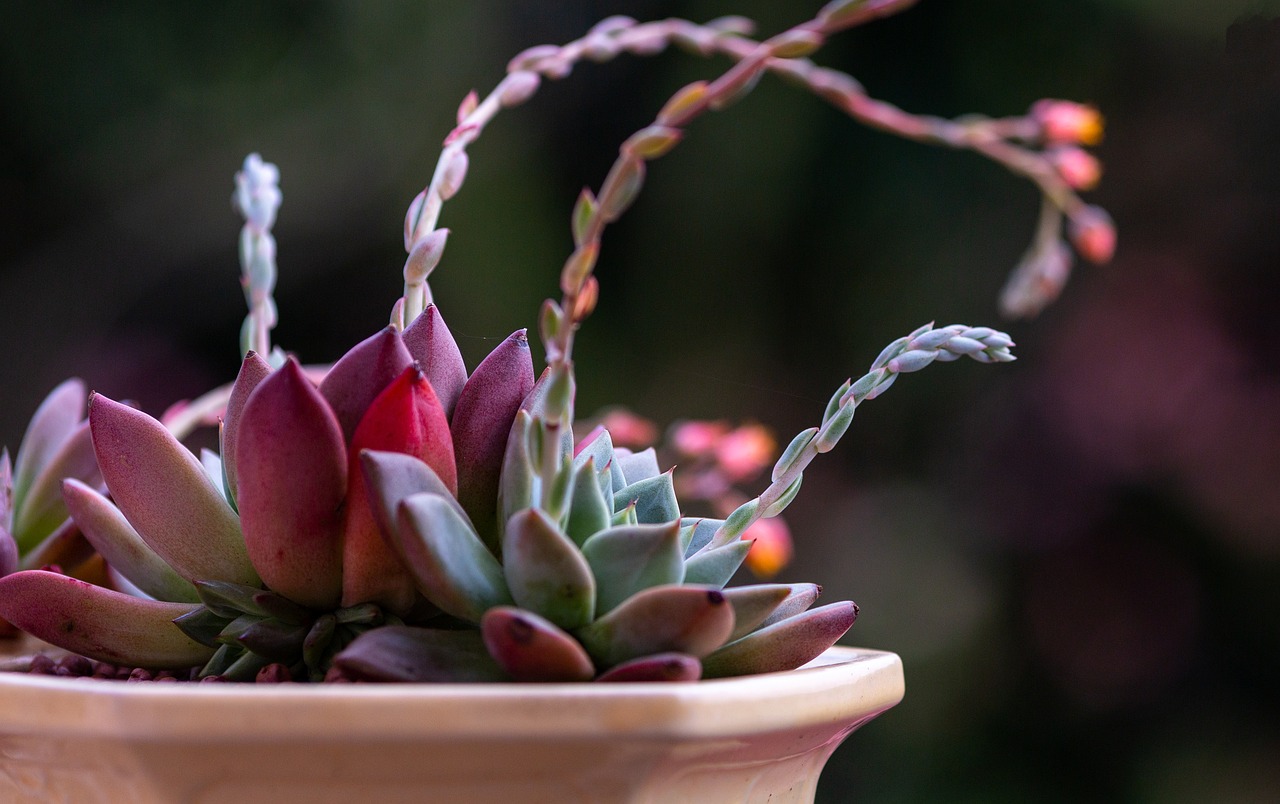
Global Outreach and Modern Adaptations
The Lotus Lantern Festival in South Korea has not only captivated the hearts of locals but has also garnered global attention through its outreach initiatives and modern adaptations. This ancient tradition has transcended geographical boundaries to resonate with audiences worldwide, showcasing the enduring appeal of Korean culture and spirituality.
With the rise of social media and digital platforms, the Lotus Lantern Festival has found new avenues for engagement and participation. Through live streaming of events and interactive online campaigns, the festival has been able to reach a wider audience beyond the borders of South Korea, fostering a sense of community and connection on a global scale.
Moreover, the festival has embraced modern technologies to enhance the visitor experience and promote sustainability. From eco-friendly lantern designs to innovative lighting techniques, the Lotus Lantern Festival continues to evolve while staying true to its cultural roots.
One of the key aspects of the festival's global outreach is its educational programs and collaborations with international institutions. By offering workshops, lectures, and cultural exchanges, the festival serves as a platform for cross-cultural dialogue and understanding, fostering harmony and tolerance among diverse communities.
Frequently Asked Questions
- What is the significance of the Lotus Lantern Festival in South Korea?
The Lotus Lantern Festival in South Korea holds great cultural and religious significance as it celebrates the birth of Buddha and promotes peace and harmony. It is deeply rooted in Buddhist traditions and serves as a way to honor the teachings of Buddha.
- How are the traditional lanterns made for the festival?
Traditional lanterns for the festival are meticulously crafted by skilled artisans using a combination of hanji (Korean traditional paper) and bamboo frames. The process involves intricate designs and vibrant colors to create stunning lanterns that illuminate the streets and temples.
- What can visitors expect to see at the Lotus Lantern Festival?
Visitors can expect to witness colorful street parades, traditional performances, temple illuminations, cultural workshops, and a variety of delicious Korean foods. The festival offers a rich cultural experience that showcases the beauty and traditions of South Korea.
- Is the Lotus Lantern Festival only celebrated in South Korea?
While the Lotus Lantern Festival originated in South Korea, it has gained global recognition and is celebrated in various parts of the world. Many countries host their own versions of the festival, highlighting the universal appeal of its message of peace and enlightenment.



